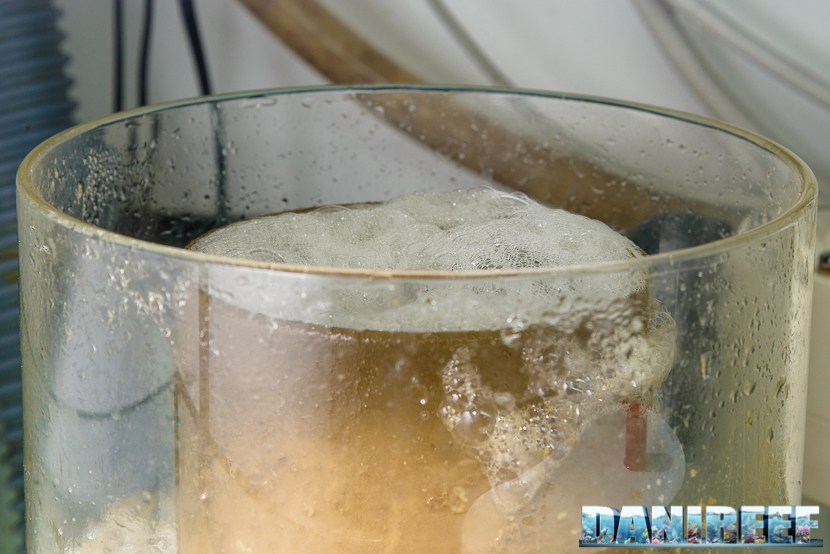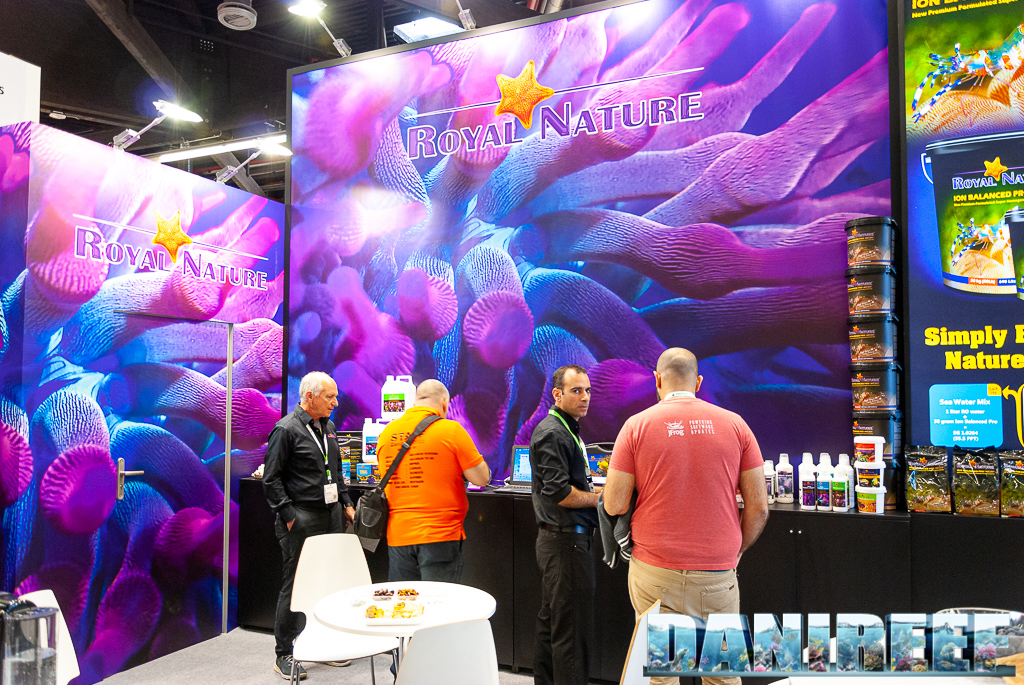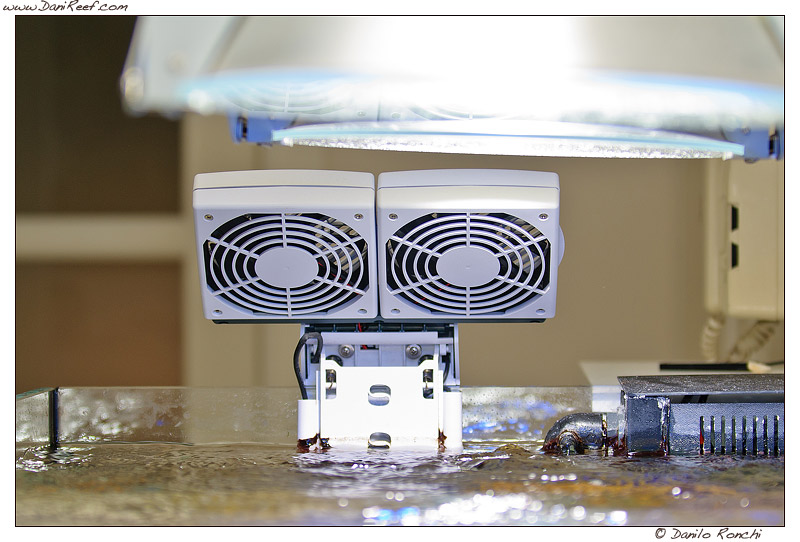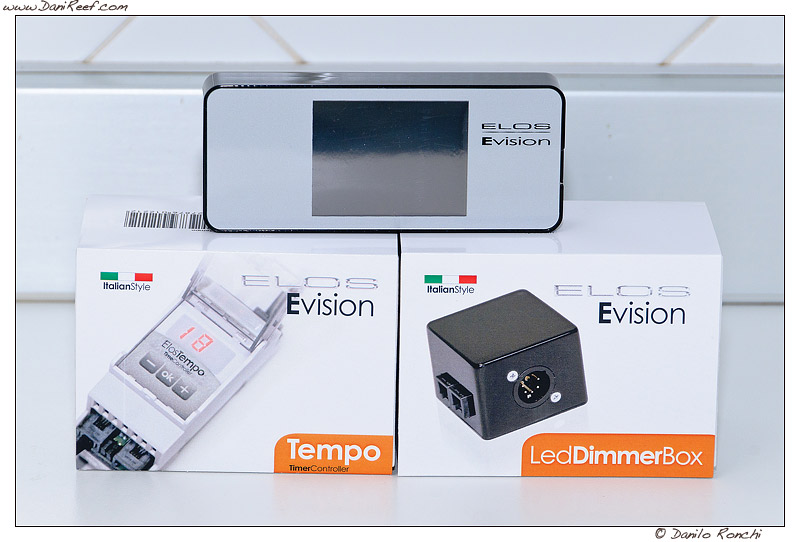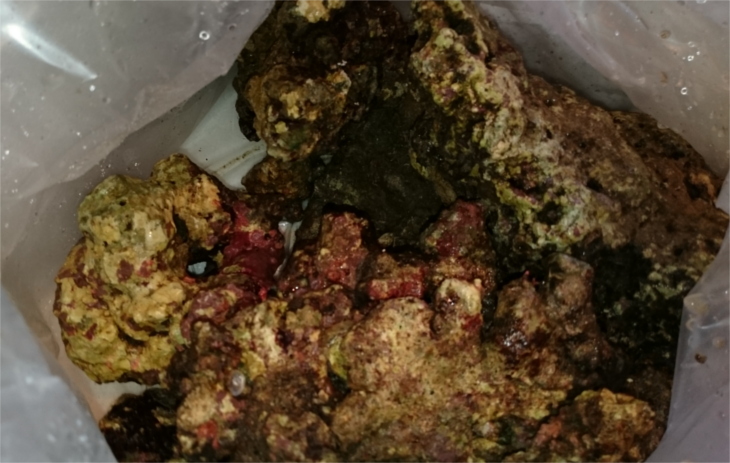
Speaking of Live Rocks isn’t easy. But today we want to focus on their treatment at the moment of the arrive in the shop, thanks also to help a friend of mine, who’s been in the sector for years (though he wanted to remain anonymous.
This article is also available in: ![]() italiano
italiano
The first purpose to follow, when the box arrives, is to obtain ready live rocks, without eradicate all the biodiversity, so that they’re able to perform the biological functions they’re bought for.
So the first concern is to keep alive, that is healthy and active, the bacteria useful to the nitrification before and the denitrification after. Our interlocutor believes that the major part of pathogenic parasites isn’t inserted with the rocks but with the corals, then he decides to never treat the rocks with chemical/osmotic systems, or similar.
Maybe it’s better just to treat gently the superficial part of the rocks, with the certainty that the living organisms will repair in the inside.
Mechanical treatment of live rocks
Let me say before that this is a treatment already in use for several years in different parts of the world. It’s not an our interlocutor’s idea, but here’s the specific method that can differ from others.
It’s a system of immersion rocks that needs two identical tanks.
Material:
- Live rocks, hoping of good quality and with the less possible amount of hours in package;
- A container for a quick washing when the rocks arrive;
- Two identical tanks/containers. Calling them just A and B – they will serve for the cleaning part, the storage and the breading. These last two parts provide the bottom inclined for a quick emptying through a valve, with a fast aspiration of the sediment and a wide-mesh grid 10 cm from the bottom. In this way when you will emptying them you can collect the sediment which can be useful for other things;
- Skimmer and ozone. You can do without the ozone for the part of the bilogical start, but not for the quality of the water;
- Moving pumps;
- Lamps;
- Gloves, a little screwdriver, tweezers and a soft plastic brush;
- Good quality water;
- Salt;
- Hydrometer;
- Triad test (calcium, magnesium and kh);
- Ammonium, nitrites and nitrates test;
- Nutritive complex based on ammonium
The procedure
At the arrive, the rocks have to be washed with energy, brushing them gently to remove the sediment, asporting with tweezers and screwdriver the dying parts of algae and animal remains, and eliminating the visible parts of what you don’t know or you have doubts about.
Once this first step is done the rocks are placed upon the wide-mesh grid of the first container (A). The water is about 23-24 degrees with a density between 1023 and 1025. For a variable time of 6/7 days the rocks have to be turned, moved and shaked every day and, if you can, even more times in a day. Inside the container the pumps have to create the maximum of the turbulence.
One this week’s passed the rocks have to be placed in the second container (B). Identical to the former with other clean water, but with the same values. You have to repeat the same procedure.
At the same time change the 50% of the water in the first container (A), insert the skimmer and the ozone for a complete and quicker cleaning of the water.
In the (B) container, after the first week (for a total of two, counting from the beginning of the treatment), change the 30 % of the water drawing and sifting the sediment. Then starts a photoperiod of 6 hours with a light of medium intensity.
The eventual diatoms will disappear in 12/15 days. After 7 days increase the photoperiod to 10 hours.
Insert the skimmer and control the triad Ca-Mg-Kh, and verify, always, the efficiency of the pumps.
The article continues and end on page two, with rocks and bacterial colonies, insertion in aquarium and our comment.



